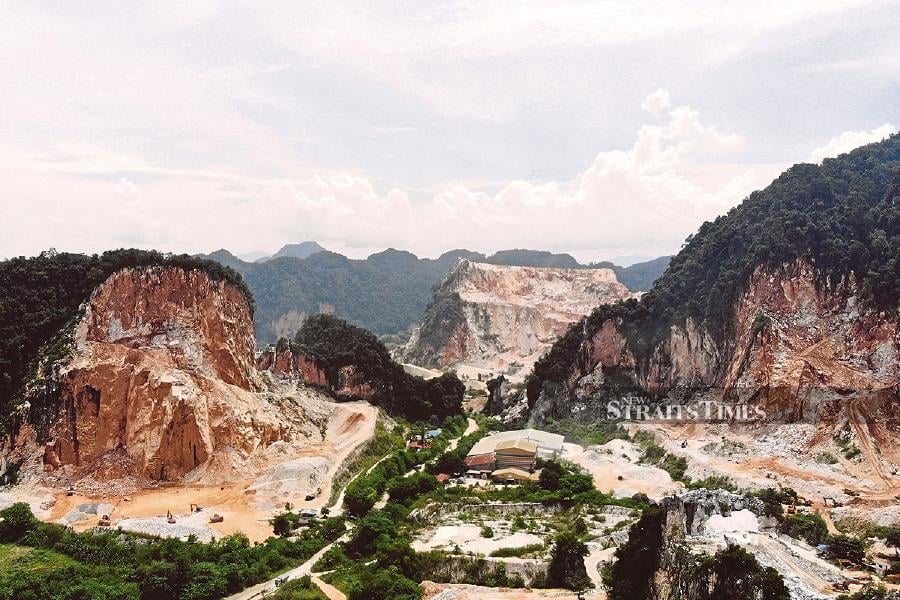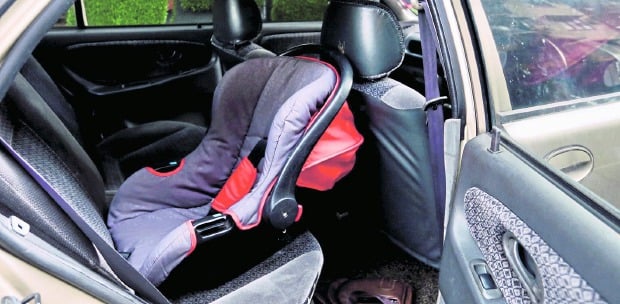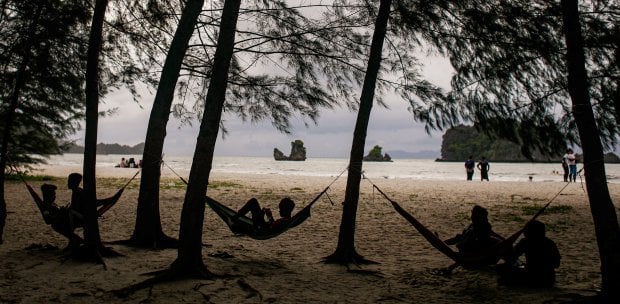LETTERS: In the wake of yet another accident at the limestone hills in Ipoh on April 8, I feel compelled to voice my concerns regarding the safety of such tourism locations.
On that day, a 44-year-old man was killed by a falling rock and residents subsequently called for the tourist spot to be closed, according to news reports.
I fear for the safety of tourists at limestone areas.
If I am not mistaken, there have been dozens of accidents at limestone areas, many of them resulting in fatalities.
While I appreciate the efforts of the Perak government to temporarily close the affected area for expert evaluation as reported, it raises the question: Are these safety measures reactive rather than proactive?
It is alarming that, despite the known risks associated with limestone formations, some of these tourist spots are still open to the public and we continue to develop these areas.
Perak executive council member Loh Sze Yee acknowledged the risks associated with limestone hills, and this is a step in the right direction.
However, it's disconcerting to learn that the plan is to have consultations and produce mitigation and safety guidelines.
Loh noted that limestone is more hazardous than other types of stone or granite. Therefore, it would be foolish to treat them as the same. This oversight highlights a critical neglect in ensuring the safety of our communities.
There have been several opportunities to inform ourselves of the dangers of limestone hills and stop all developments in these areas, yet the authorities did not take heed.
As a concerned citizen, I urge the authorities to prioritise community safety by thoroughly inspecting all tourist spots near limestone hills.
Additionally, state officials should consider halting development at these places.
Moreover, temples and cultural sites in these areas must also pay attention to the dangers.
Why can't we evict cultural sites on safety grounds? Take the Buddhist monastery in Gunung Kanthan, for example.
I recently read that the monastery was raising funds for their appeal, where the court decided they were not within their rights to inhabit the area.
Learning of this frustrated me as it endangers them and the enthusiasts who visit. Inhabiting limestone landscapes should not be normalised, regardless of cultural or historical significance.
Furthermore, public awareness regarding the outcomes of safety evaluations and the implemented mitigation measures is crucial.
The recurrence of incidents, like in Banjaran Hotsprings or Gunung Cheroh, prompts scrutiny of the action taken after these tragedies.
The lack of transparency and accountability in addressing these recurring safety concerns exacerbates risks for visitors and locals alike.
Authorities should also consider educating the people about the potential hazards associated with limestone formations. They should be told about these dangers.
By entrusting locals and visitors with knowledge about the risks and safety protocols, we can work towards creating a safer environment for everyone.
Additionally, involving local communities in safety initiatives fosters a sense of ownership and responsibility, leading to more sustainable solutions in the long run.
Ultimately, safeguarding lives should be paramount and concerted efforts from all stakeholders are necessary to achieve this goal.
While limestone formations offer breathtaking landscapes, we cannot ignore their potential dangers. We must address these concerns and take measures to prevent further tragedies.
AZLINA DIN
Ipoh, Perak
The views expressed in this article are the author's own and do not necessarily reflect those of the New Straits Times





